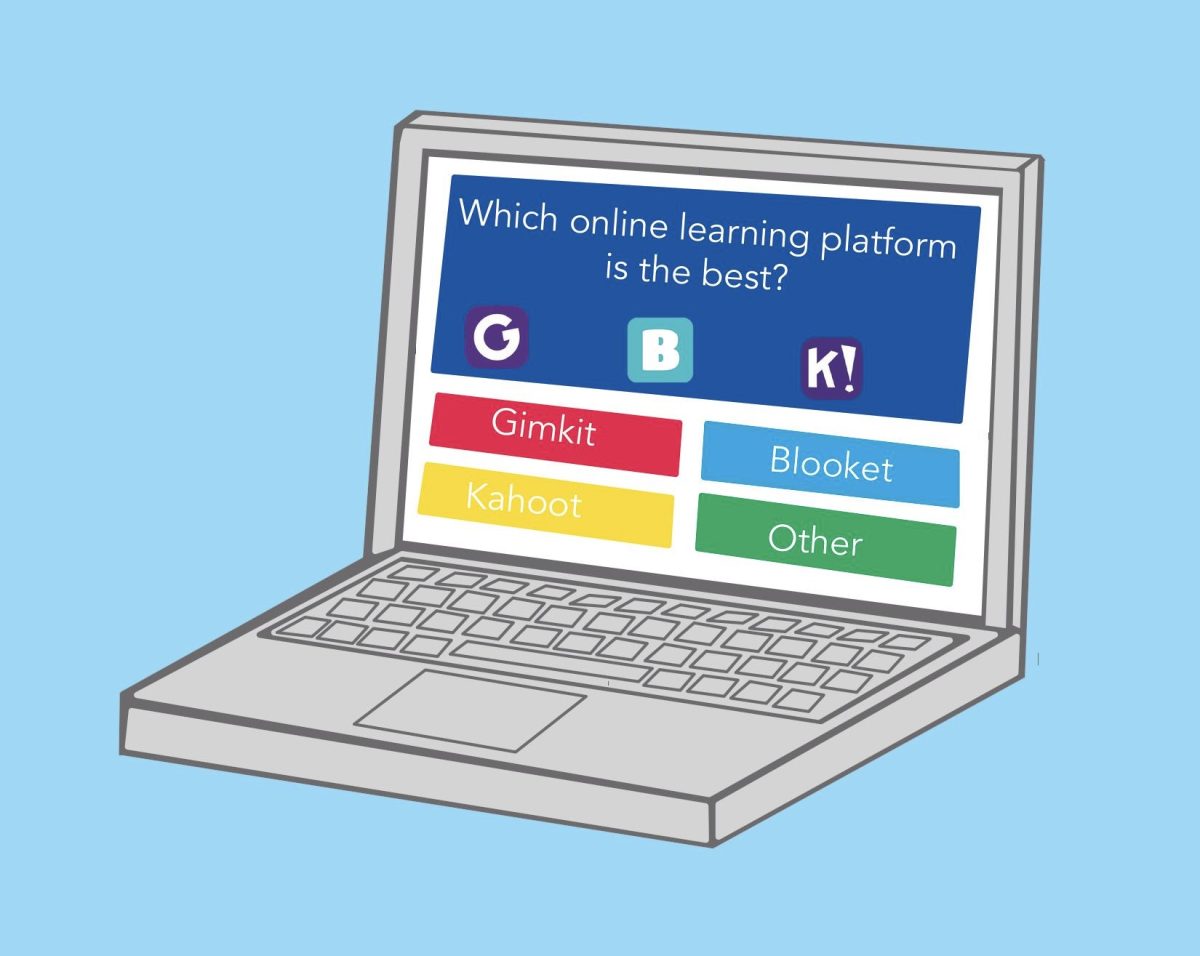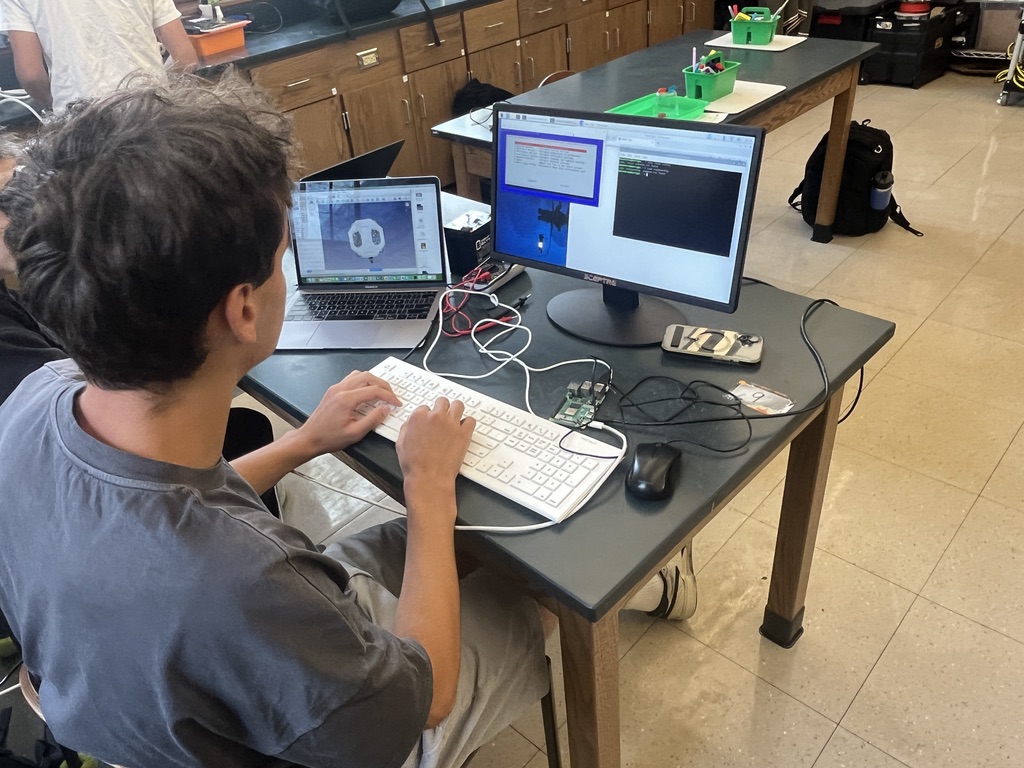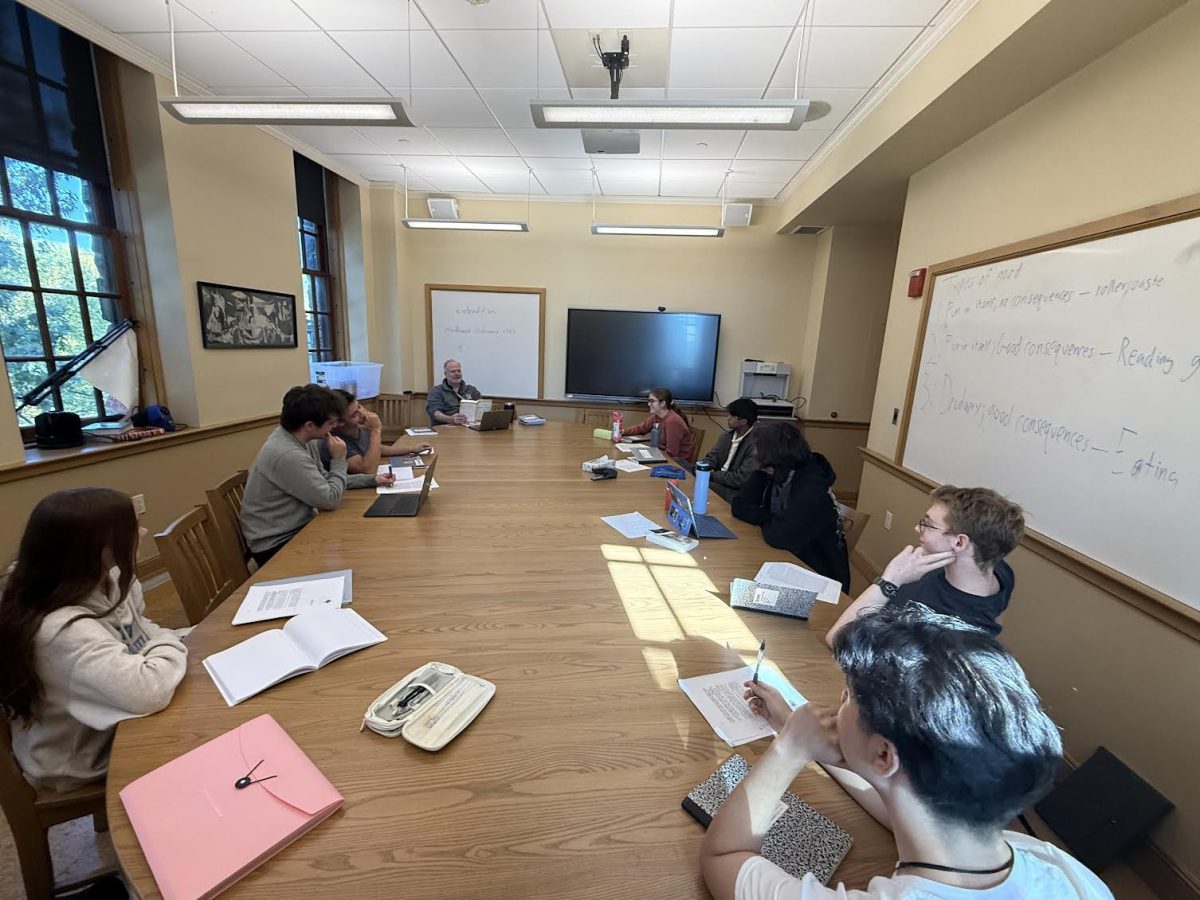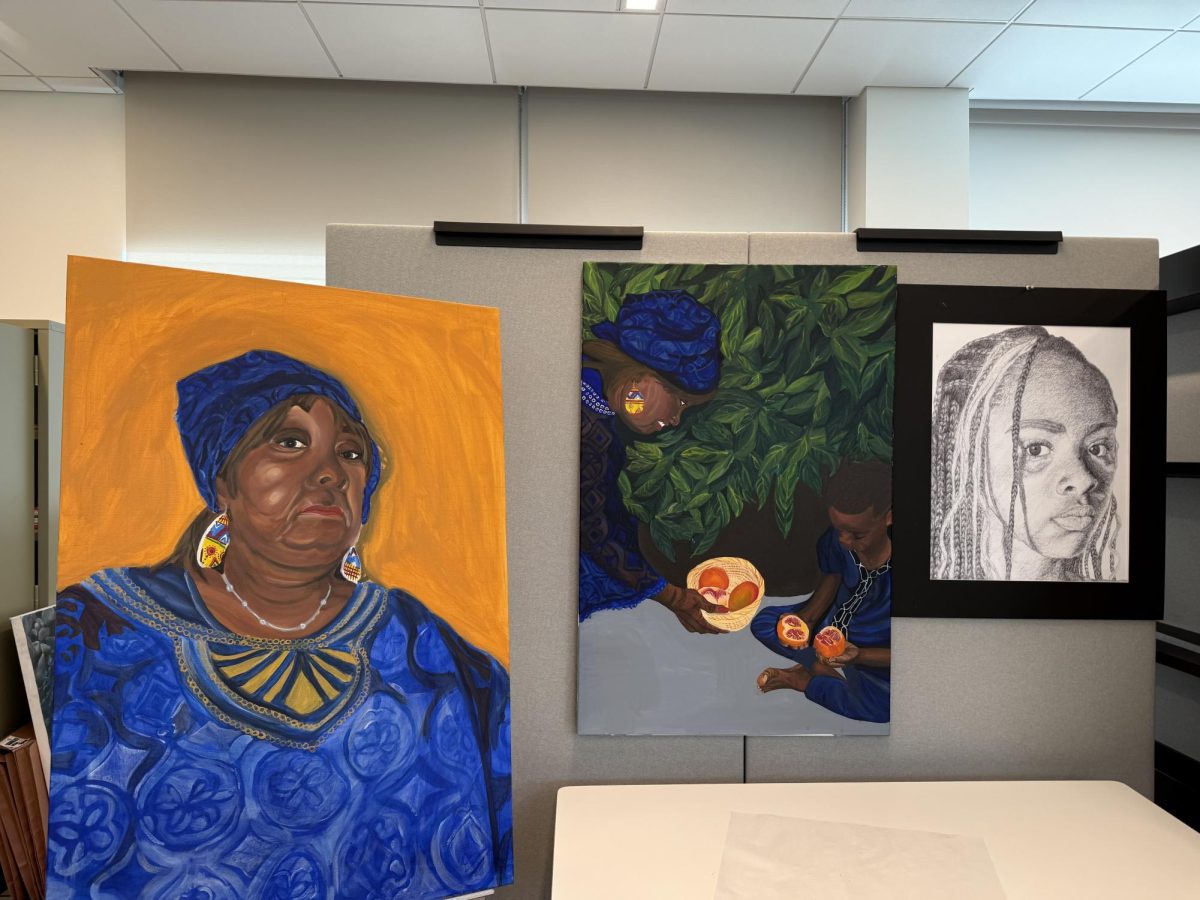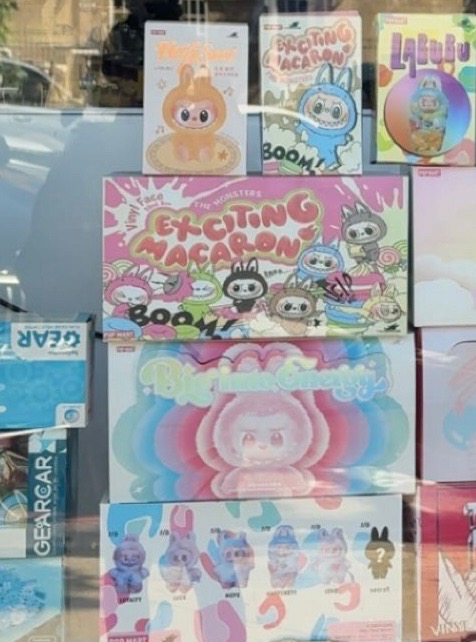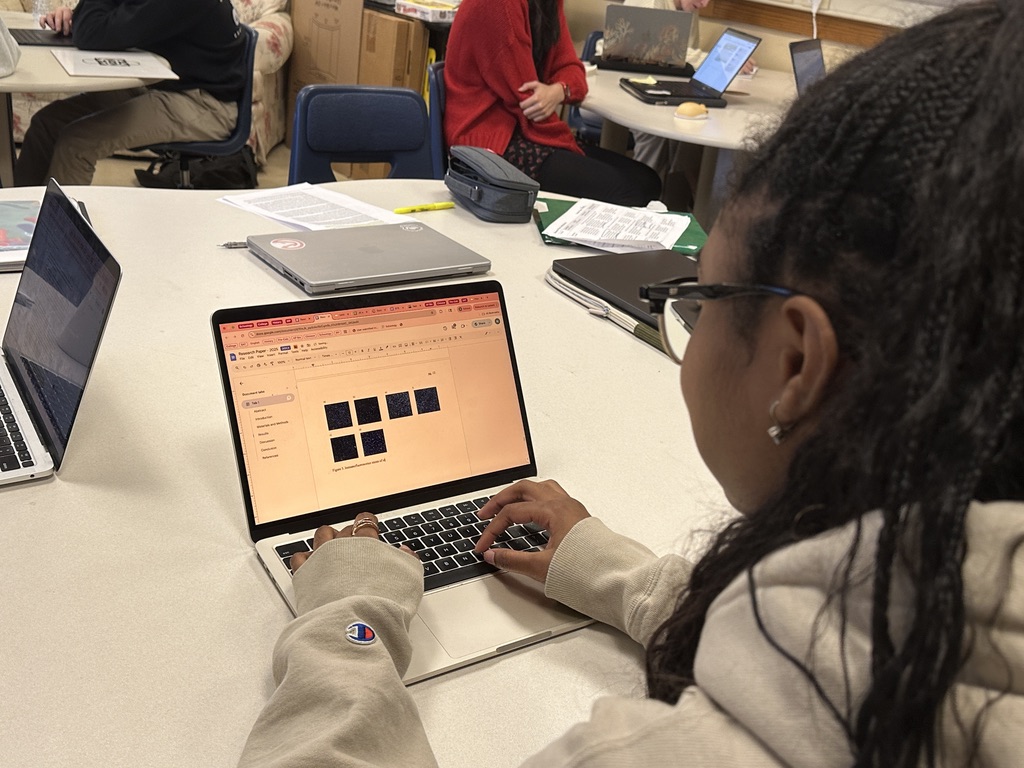“In Latin, the word ludus refers to teaching, but also to games, and I think it suggests that games were always supposed to exist in a learning environment,” said Latin teacher and chair of the classics department, Christopher Sheppard.
Teaching has evolved; instead of listening to lectures and taking countless notes, students can learn through fun games that only require a click on their computer. Games have been integrated into the classroom with new websites that allow students to test their knowledge with an online trivia-based game.
Among these platforms, the most popular include Kahoot, Blooket, and Gimkit. Despite being similar, each has unique features that separate it from the others; however, how does each feature make the platform unique, and which one is the best?
Kahoot was launched on March 12, 2013, and the original platform included a customizable trivia game specifically made for classroom and professional environments. Since its release, Kahoot has become extremely popular, being available in over 200 countries and hosting over 11 billion participants.
Kahoot is relatively simple, with a basic multiple-choice style gameplay that is effective and easy to use. The questions are customizable, but the host can also browse and play other users’ existing games. Over the years, the site has evolved, with the addition of different game modes that introduce more fun to the game, as well as the ability for students to practice the sets when they want to review.
However, Kahoot’s more simple and straightforward gameplay is lackluster compared to the other sites, and Gimkit embraces the opposite extreme. Gimkit has 18 different game modes, along with the option to customize your own. This option allows students and teachers to experience various games while still studying the same material.
“I like Gimkit because there’s lots of variation, and all of the different options are really fun,” said sophomore Miya Lauher.
Gimkit also incentivizes students to work together; it contains a unique feature that allows students to be put in teams and answer questions to try and win together. This feature helps to build a learning environment that harbors helpful collaboration instead of competition by forcing students to talk through the questions and help one another.
“I really like that students have to work in teams because I think that collaboration is really important and a large part of my class centers around working together,” said Mr. Sheppard.
Although the variations of game modes are fun, they can also distract students from the actual learning and review purpose of the game since students sometimes spend more time focused on whether or not their team is winning the game than if they are getting the questions correct.
Additionally, there are features that allow students to “freeze” or “blur” others’ screens, stopping them from answering questions for 30 seconds and simultaneously freezing their ability to learn or benefit from the platform.
Similar to Gimkit, Booklet has 13 different game modes, each with creative themes. The most popular include “Cafe” and “Crypto hack,” in which students run their own cafe and earn money by answering questions or are hackers, and each correct question gives students the possibility of stealing their classmates’ points or “crypto.”
“Personally I really like Blooket because there’s a lot of different games which are all really fun,” said sophomore Austin Shapiro.
These game modes excite students, improving their engagement and giving them fun and refreshing breaks from their typical classroom. Blooket is great at encouraging students to play, offering new avatars and accessories for your player as you win and play more, while incentivizing students to study or review for their classes.
An area for Blooket’s improvement could be adding more variation to their questions, as oftentimes students find themselves answering the same few questions. This limits the amount of information they are learning and makes answering questions based more on how fast you can answer the questions than considering the options.
The differences in each game pertain to different classroom environments, allowing teachers and students to pick their preferences based on their values in a learning platform. Gimkit, with its extremely customizable platform, allows for a collaborative and creative experience. Kahoot’s simplicity provides a straightforward and effective game, and Blooket’s many game modes allow for an exciting and engaging learning experience.

